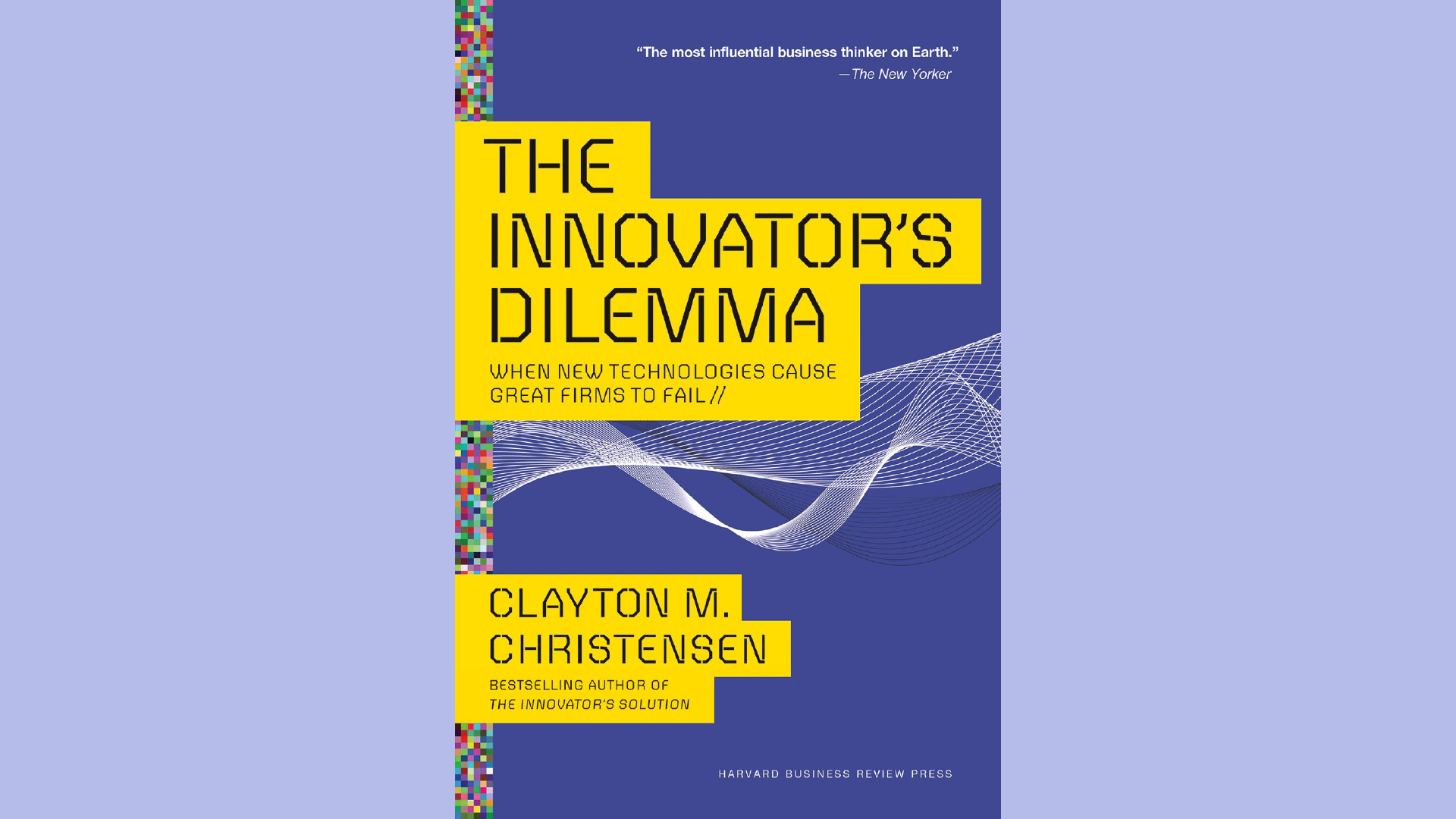To Get Profitable Business Success Start Something Small
Explore the transformative power of disruptive innovation with insights from 'The Innovator's Dilemma.' Learn how targeting niche markets can lead entrepreneurs to monumental success, leveraging agility and foresight to navigate modern market complexities.

In today's rapidly evolving marketplace, the path less traveled can often lead to the most rewarding destinations. "The Innovator's Dilemma," a seminal work by Clayton Christensen, unveils the potent strategy of disruptive innovation—a concept that has become a cornerstone for modern entrepreneurs aiming for monumental success. This post delves deeper into how starting small and focusing on niche markets can carve out unique opportunities and set the stage for industry-wide transformations.

Understanding Disruptive Innovation
At the heart of disruptive innovation lies a counterintuitive yet powerful insight: the most significant opportunities for groundbreaking success are nestled within small, seemingly inconsequential market segments. These niches, often overlooked by industry giants due to their limited immediate potential, serve as the perfect incubators for innovation. Here, entrepreneurs can experiment, iterate, and refine their offerings away from the fierce competition of larger markets.
"Disruptive technologies typically enable new markets to emerge." – Clayton Christensen.
The Strategic Path to Growth
Growth within niche markets is both a strategy and an art. It requires an intimate understanding of the needs and preferences of early adopters—your initial customer base. These early adopters are more than just customers; they are your evangelists, critical feedback loop, and the key to expanding your reach. As your product or service evolves to meet its needs more effectively, its appeal broadens, laying down a path for gradual expansion into larger markets.
"Markets that don't exist can't be analyzed: Suppliers and customers must discover them together. Not only are the market applications for disruptive technologies unknown at the time of their development, they are unknowable." – Clayton Christensen.
Leveraging Technological Evolution
Disruptive innovations often start as more straightforward, accessible, and cost-effective alternatives to the status quo. They may not initially offer the same level of performance as mainstream products, but as technology advances, so does their capability. This trajectory enables disruptive products to eventually meet or exceed market standards, often at a lower cost or with added convenience, thereby reshaping market dynamics and consumer expectations.
The Agility Advantage
One of the undeniable advantages of targeting niche markets is the agility it affords your operation. Smaller, focused teams can pivot and adapt with a speed that larger entities can't match. This agility is invaluable in the face of feedback and changing market conditions, allowing for rapid iteration and improvement. In the dynamic landscape of innovation, the ability to move quickly and efficiently is often the difference between leading the wave of change and being swept away by it.
Navigating the Innovator's Dilemma
As Christensen points out, the challenge for established companies is recognizing and responding to disruptive innovations without getting caught in the trap of past successes. The dilemma is maintaining service to current markets while investing in innovations that may seem irrelevant or unprofitable initially but hold the potential for future dominance. For entrepreneurs, the lesson is clear: success requires innovation, foresight, and the courage to venture where others see no potential.
"The reason [companies] seem to be unable to cope with disruptive technologies is that their processes and their business model that make them good at the existing technology also make them bad at competing for the disruption." – Clayton Christensen

Key Takeaways for Entrepreneurs
- Focus on Niche Markets: Identify and exploit small, underserved segments where you can innovate with less competition and more direct feedback.
- Leverage Technology and Adaptability: Use technological advancements to enhance your product and maintain agility to respond to market changes quickly.
- Understand Your Early Adopters: Engage with your initial users deeply. They are not just your first customers but also your advocates and a source of invaluable insights.
- Prepare for Gradual Expansion: Plan for a strategic, stepwise increase in your market reach, evolving your offering to meet broader needs.
- Balance Innovation with Foresight: Keep an eye on future opportunities for disruption while catering to your current market, ensuring sustained growth and relevance.
In conclusion, disruptive innovation is not just a business strategy but a mindset that challenges conventional paths to success. For entrepreneurs, it offers a roadmap for transforming niche ideas into industry-leading ventures. By understanding the dynamics of disruption, leveraging technological advancements, and maintaining strategic agility, you can navigate the complexities of modern markets with confidence and vision. Let the journey from a small start to massive success begin with a bold step into the unknown.
Incorporating these insights from Clayton Christensen enriches our understanding of disruptive innovation and serves as a beacon for entrepreneurs navigating the complexities of modern markets. These quotes remind us that the essence of innovation lies in seeing beyond the present into the realms of what could be, driven by the pursuit of untapped opportunities and the courage to redefine the marketplace.


